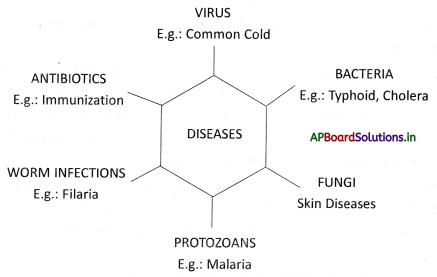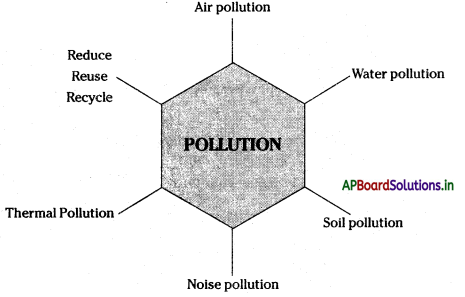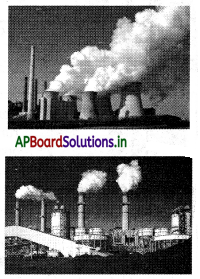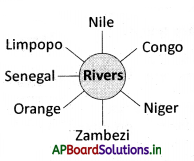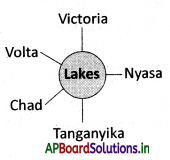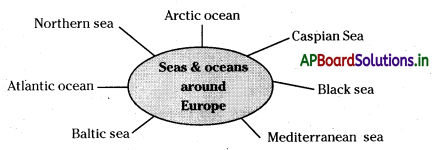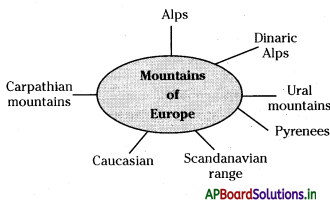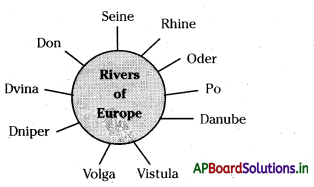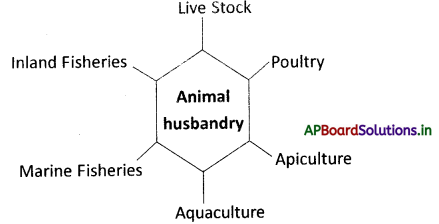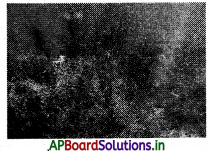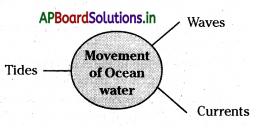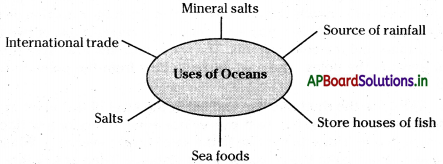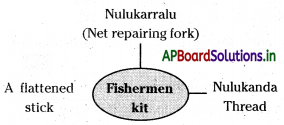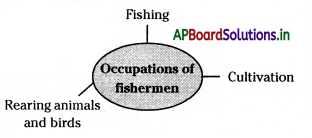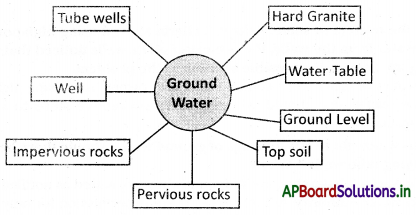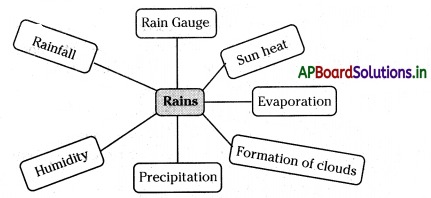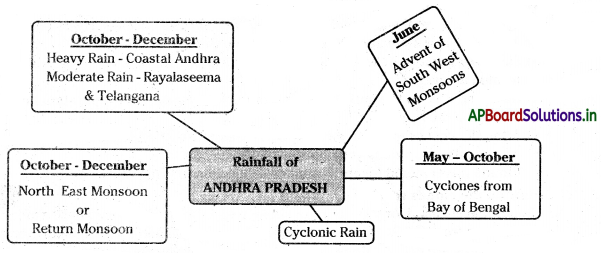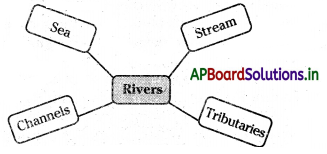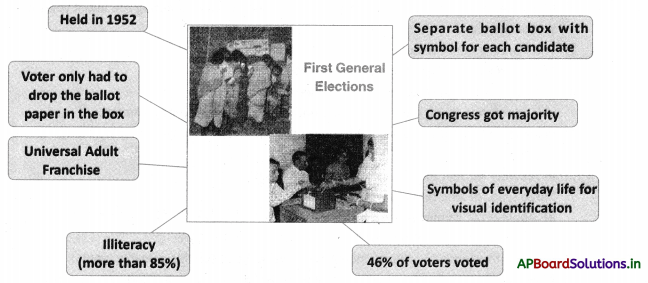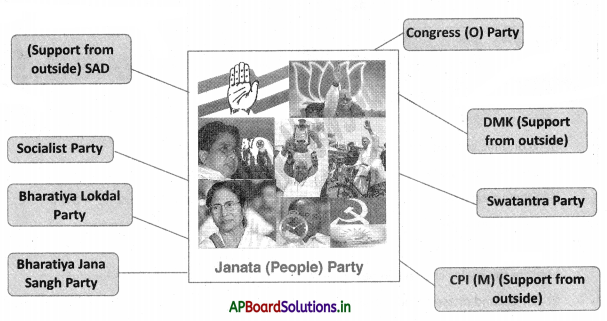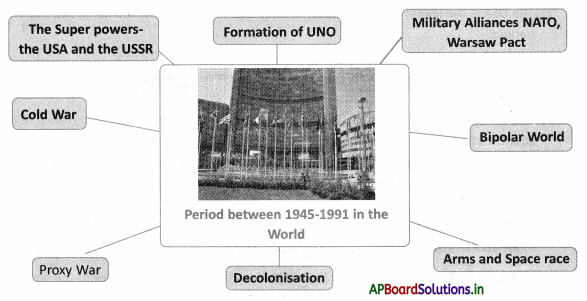Students can go through AP State Board 8th Class Physical Science Notes Chapter 11 Some Natural Phenomena to understand and remember the concept easily.
AP State Board Syllabus 8th Class Physical Science Notes Chapter 11 Some Natural Phenomena
→ Some objects can be charged by rubbing with other objects.
→ There are two kinds of charges – positive charge and negative charge,
→ Like charges repel and unlike charges attract each other.
→ The electrical charges produced by rubbing are called static charges.
→ When charges move, they constitute an electric current.
→ An electroscope may be used to detect whether a body is charged or not.
→ Attraction is not a sure test to know the presence of charge on a body.
→ The process of transfer of charge from a charged objects to the earth is called earthing.
→ The process of an electric discharge between clouds and earth or between different clouds causes lightning.
→ A lightning strike could destroy life and property.
→ Lightning conductors can protect from the effects of lightning.
→ An earthquake is a sudden shaking or trembling of the earth.
→ Earthquake is caused due to the disturbance deep inside the earth’s crust.
→ It is not possible to predict the occurrence of an earthquake, as Earthquakes tend to occur at the boundaries of the earth’s plates. The boundaries are known as fault zones.
![]()
→ The destructive energy of an earthquake is measured on the Richter scale. The earthquake measuring 7 or more on the Richter scale can cause severe damage to life and property.
→ We should take necessary precautions to protect ourselves from earthquakes.
→ Crust: The outermost layer of the earth is called the crust
→ Discharge: The process where the flow of charge takes place between negative and positive charges which produce streaks of bright light and sound is called discharge.
→ Earth’s plate: The outermost layer of the earth is not in one piece. It is fragmented. Each fragment is called an opiate.
→ Electroscope: An earthquake is a sudden, shaking or trembling of the earth
→ Lightning: An electroscope is a device used to detect whether a body is charged or not.
→ Lightning conductor: A lightning conductor is a device used to protect the building from the effect of lightning
→ Negative charge: When a glass rod is rubbed with a silk cloth by sign convention the charge acquired by sick cloth is taken as a negative charge.
→ Positive charge: When the glass rod is rubbed with Silk cloth buying convention the charge acquired by gloss rod is is taken as positive.
→ Richter scale: Destructive energy of an earthquake ¡s measured on Richter scale.
→ Seismograph: The seismic waves are recorded by an instrument called the seismograph.
→ Thunder: A loud rumbling or crashing noise heard after a lightning flash due to the expansion of rapidly heated air.
→ Thunderstorm: The swift movement of the foiling droplets along with the rising air creates lightning and sound. This event has coiled a thunderstorm.
→ Transfer of charge: The movement of charge from one place to another place is the coiled transfer of chore.
![]()
→ Tsunami: A tidal wave caused by an earthquake or other disturbance.
→ Tremor: A slight earthquake.
→ Earthing: The process of transfer of charge from a charged object to the earth is coiled earthing.
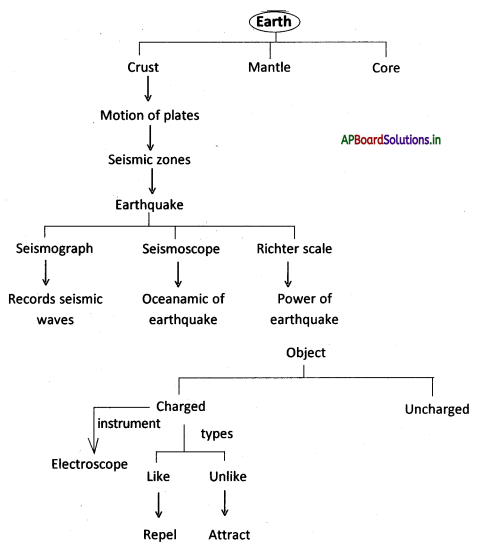
→ Benjamin Franklin (1706 – 1790):
- He was one of the founding fathers of the United States.
- A noted polymath, Franklin was the leading author, painter, political theorist, politician, postmaster, and scientist
- He invented the lightning rod bifocals, the Franklin stove, a carriage odometer, and the glass armonica.
- As a scientist, he was a major figure in the American Enlightenment and the history of physics for his discoveries and theories regarding electricity.
